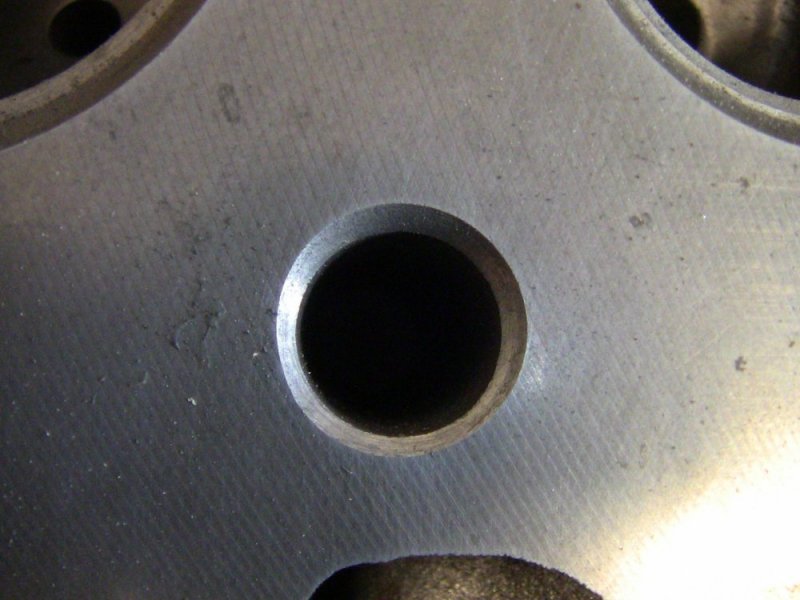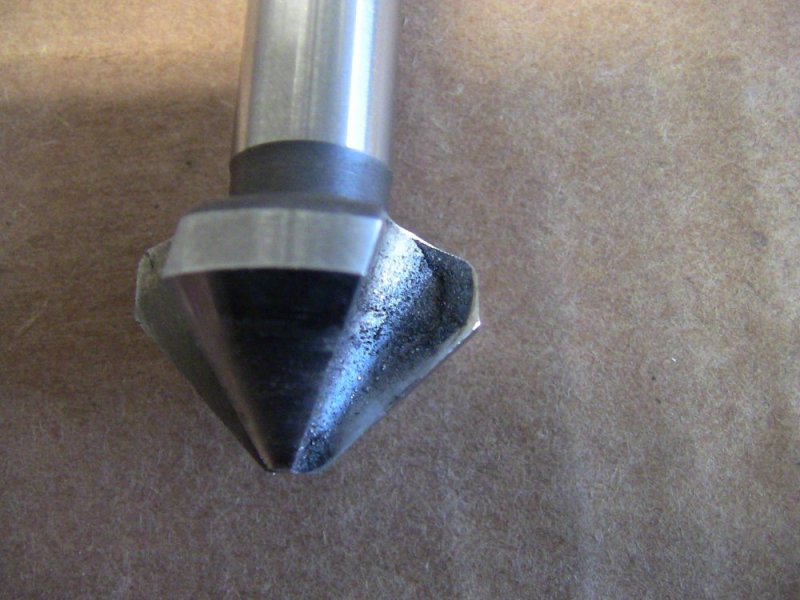Will L.
Well-Known Member
After speaking and Emailing with Permatex:
Best: Optimum Black -27037
#2: The Right Stuff (black)
#3: Ultimate Black
#4: Optimum Grey
#5: The Right Stuff (grey)
#6: Ultimate Grey
There is one other possible option, but it has not been properly tested, even by Permatex for it- Seal & Lock. All the other products have been tested for stud applications.
We went over various thread lockers including (red) high strength and (blue) medium strenght. The problem with them, is there are additives in some coolants that react poorly with them and could eventually cause leaking and lower the strength capacity.
@WarWagon -This combined with oil temps is why they think you were able to remove your red locked studs without additional heat.
The reason they want the Blacks instead of the Greys is the Black is more viscous and can fill the threads better, Stays more pliable, and can resist the coolant chemicals better. He said Grey is more for things like foriegn valve covers with a lot of little bolts, and a small block Chevy valve cover with only 4 needs to have far better flexability and withstand more vibration.
The difference between Optimum and Right Stuff is a close call. Basically take the right stuff and make it withstand higher heat= Optimum. It also withstands harmonic vibration slightly better.
(For the absolute strongest studs- red threadlocker if it is a blind dry hole, for those wondering.)
Run studs all the way down and mark height. Clean with brake cleaner and dry with air. Coat threads fully. Ensure stud is fully seated with height mark. Tighten stud nuts and allow to cure 24 hours before use.
And incase he gets around to reading this, The biggest thanks to:
Chris Fox
Technical Trainer/Product Applications Specialist
ITW Permatex Inc.
And thanks to someone here that told me his technique and got this ball rolling!
Best: Optimum Black -27037
#2: The Right Stuff (black)
#3: Ultimate Black
#4: Optimum Grey
#5: The Right Stuff (grey)
#6: Ultimate Grey
There is one other possible option, but it has not been properly tested, even by Permatex for it- Seal & Lock. All the other products have been tested for stud applications.
We went over various thread lockers including (red) high strength and (blue) medium strenght. The problem with them, is there are additives in some coolants that react poorly with them and could eventually cause leaking and lower the strength capacity.
@WarWagon -This combined with oil temps is why they think you were able to remove your red locked studs without additional heat.
The reason they want the Blacks instead of the Greys is the Black is more viscous and can fill the threads better, Stays more pliable, and can resist the coolant chemicals better. He said Grey is more for things like foriegn valve covers with a lot of little bolts, and a small block Chevy valve cover with only 4 needs to have far better flexability and withstand more vibration.
The difference between Optimum and Right Stuff is a close call. Basically take the right stuff and make it withstand higher heat= Optimum. It also withstands harmonic vibration slightly better.
(For the absolute strongest studs- red threadlocker if it is a blind dry hole, for those wondering.)
Run studs all the way down and mark height. Clean with brake cleaner and dry with air. Coat threads fully. Ensure stud is fully seated with height mark. Tighten stud nuts and allow to cure 24 hours before use.
And incase he gets around to reading this, The biggest thanks to:
Chris Fox
Technical Trainer/Product Applications Specialist
ITW Permatex Inc.
And thanks to someone here that told me his technique and got this ball rolling!
Last edited:


